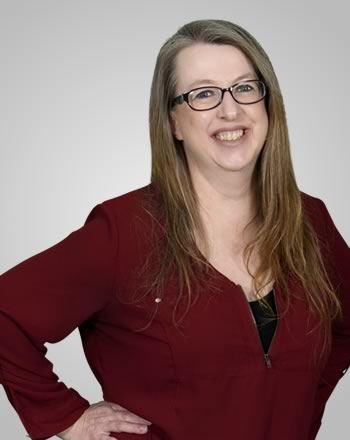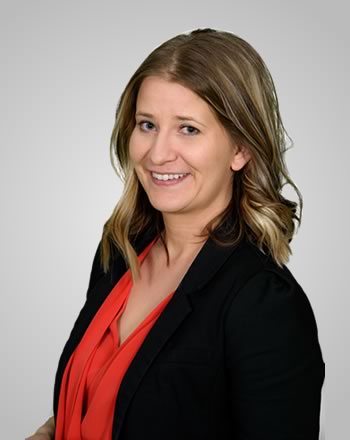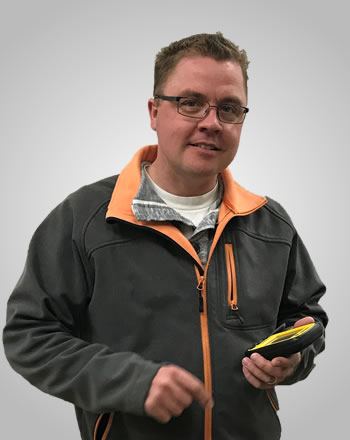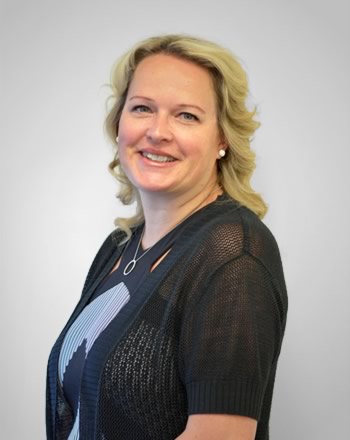
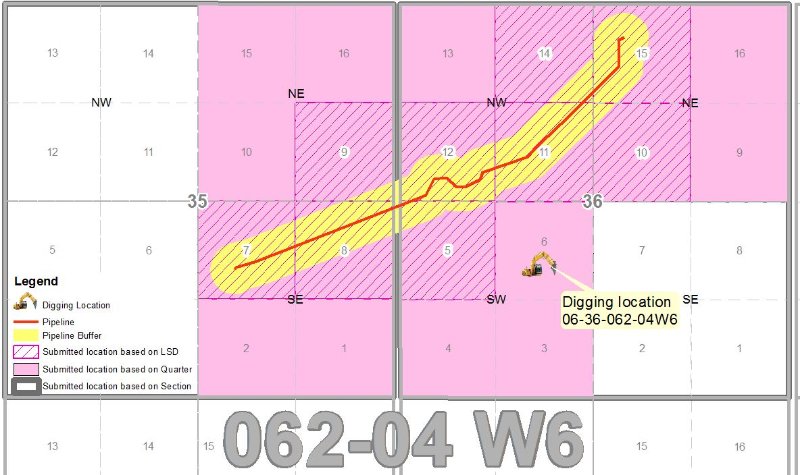
In Alberta, on June 15, 2005 the Alberta Energy and Utilities Board (now AER) instituted a mandatory regulation enforcing that all pipelines must be registered with Alberta-One Call (EUB PipelineRegulation-AR91-2005, Part 5 Section 59).
This regulation is an effort to mitigate the risk of pipeline damage during ground disturbance. Most companies are not aware, but the OneCall center does not know the locations of their underground facilities. This information needs to be provided to them (for more information, visit Alberta One Call website).
In Canada, a standard for the Damage Prevention for the Protection of Underground Infrastructure(CSA Z247) is being developed through the Canadian Standards Association (CSA). A draft of the CSAZ247 standard was released for review in June 2014. On May 26th, 2015 the Canadian Standards Association (CSA) published CSA Z247-15 entitled “Damage prevention for the protection of underground facilities”.
If a company submits pipeline location, they should always submit locations to the smallest public land survey system unit. This will help all parties involved in the process:
Let’s look at an example below:

Many companies would submit their pipeline locations as 35-062-04W6 and 36-062-04W6. Others may submit NE & SE 35-062-04W6 and NW, NE and SW 36-062-04W6.
If there is a locate request at 06-36-062-04W6, these companies will definitely receive a notification ticket from OneCall center, even though their buried line is almost 500 meters away from the excavation site.
However, if we submit location based on LSD (as shown on map), the ticket never should have been issued in the first place.
Canada’s first OneCall center began operating in Alberta in 1984. There was over 8 million underground utility locate requests in Canada in 2013, and over 25 million requests in the US (information from the Government of Canada http://www.parl.gc.ca/Content/SEN/Committee/412/enev/rep/rep09dec14-E.pdf).



